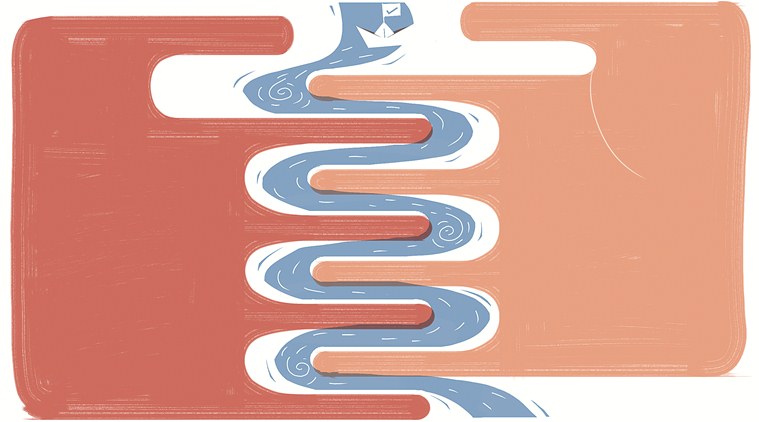On June 1, the Centre notified the constitution of the Cauvery Water Management Authority (CWMA) to implement the Supreme Court’s February 16 verdict on one of the country’s longest water disputes. The Authority’s powers and functions assume importance in view of the unresolved tension between the Centre and states over rights and access to river waters. Its success will hinge on addressing this challenge and will require a broader federal consensus on the Centre’s role in governing inter-state rivers.
The CWMA sticks to the template of the Cauvery Management Board (CMB), recommended by the Cauvery Water Disputes Tribunal (CWDT) in its 2007 award. It will be a two-tier body supported by a technical arm, the Cauvery Water Regulation Committee. The new agency is, however, an elaborate version of the CMB. Its powers and functions signal a bold move towards asserting the Centre’s role in matters related to the Cauvery’s waters. However, if the CWMA is to follow the template of an agency recommended more than 10 years ago, why did the Centre take so long to constitute it? It cited the possibility of political turmoil, given that Karnataka was going to the polls in May, as the major reason for the delay. But was that the only reason? The history of tribunal awards’ implementation points to something deeper: A defunct policy space combined with the absence of robust institutional models to get states to cooperate and comply with awards.

About the speaker:
Srinivas Chokkakula is the MoJS (Ministry of Jal Shakti) Research Chair – Water Conflicts and Governance at CPR, where he leads the Transboundary Rivers, Ecologies, and Development studies (TREADs) programme. His research and policy interests lie primarily in the water sector, focusing on transboundary water conflict/cooperation and governance.
